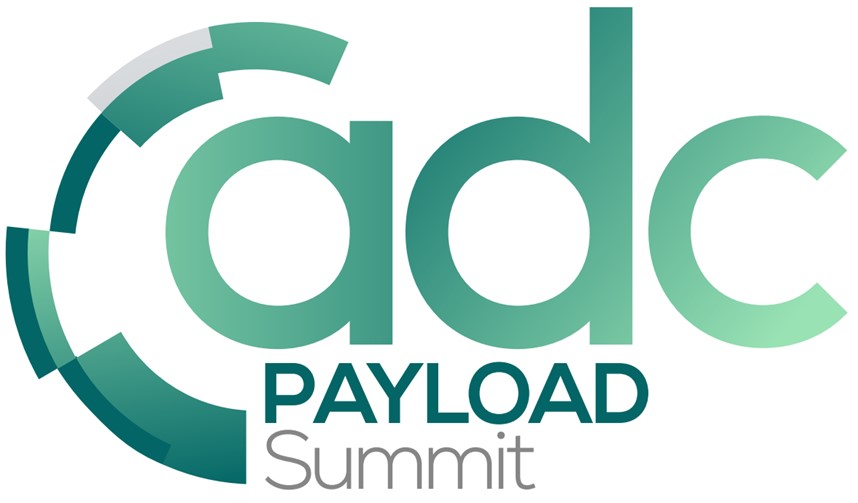CONFERENCE DAY ONE: May 22, 2024
8:15 am Check-In, Coffee & Light Breakfast
9:00 am Chair’s Opening Remarks
Building Upon the Successes of Enhertu & Trodelvy to Develop the Next Generation of Lower Potency Topoisomerase Inhibitor Payloads
9:15 am Optimizing Homogenous Top1i ADCs: Discovery of hydrophilic β-Glucuronidase Cleavable Topo1 Inhibitor Linker Payloads for Enhanced Efficacy & Safety
Synopsis
- Exploration of novel linker-payload attributes that improve safety and therapeutic index
- Highlighting the significance of tumor-selective linker chemistry in enhancing the efficacy and therapeutic index of aTF ADCs
- Exploring the synergetic efficacy of Topo1 inhibitor ADCs in combination with diverse DNA repair inhibitors to overcome the resistance
9:45 am Exploring Schlafen 11 as a Cellular Determinant of Response to TOP1 Inhibitor Payloads, Including Non-Campothecin and Synergistic Drug Combinations
Synopsis
- Establishing the molecular mechanism of action of TOP1 poisons and potential synergistic drug combinations with TOP1 poisons
- Emphasizing the importance of using Schlafen 11 (SLFN11) as determinant of response to TOP1 inhibitor payloads
- Showcasing non-camptothecin TOP1 inhibitors as improved options for TOP1 payloads
10:00 am How a Reliable Payload & Linker Partner Escorts ADC Projects from Preclinical to Marketing
Synopsis
- Full technology on payloads from different sources (natural or synthesis)
- Payload & Linker CMC capabilities under GMP
- Practical experiences in clinical phases
10:30 am Morning Coffee & Speed Networking Break
Synopsis
This session is the ideal opportunity to have face-to-face interactions with many of the brightest minds working in Chemistry, Medicinal Chemistry, and Discovery in the ADC payload field to form meaningful connections.
Exploring Advancements in Novel Payloads: Diversifying Your Toolkit of ADC Payload Mechanism of Action
11:30 am RNA Therapeutics Payloads; What Have we Learned from siRNA Conjugates?
Synopsis
- Improving metabolic stability, potency & safety
- Reducing off-target effects
- Hepatic and extrahepatic delivery of siRNA payloads
12:00 pm The Chemistry of Immune Stimulants: How Targeted Delivery Creates Anti- Tumor Immunity
Synopsis
- Examine how Immune-Stimulating Antibody Conjugates (ISACs) harness the mechanisms of the innate immune response and lead to prolonged adaptive immune responses, effectively “teaching” the immune system to recognize and eliminate cancer orphan cells
- Present clinical data with first generation payloads and how those learnings inform design of next generation payloads
- Preliminary look at Bolt’s proprietary STING-agonist ISAC, which demonstrates low activity in a cytokine release syndrome safety model, suggesting the potential for improved tolerability and safety advantages over other STING ISACs
12:30 pm Validating N-Myristoyltransferase Inhibitor as a Novel Payload Class for ADCs: Exploring Myricx Bio’s Pre-Clinical Efficacy Studies with NMTi as Payload Platform
Synopsis
- N-Myristoyltransferase (NMT) as a drug target in cancer
- Development of NMT inhibitors (NMTi) as a Novel Payload Class for ADCs: case studies with NMTi-ADCs targeting B7-H3, TROP2 and HER2
- Advancing Myricx Bio’s NMTi-ADC pipeline for the treatment of solid tumors
1:00 pm Lunch
Considering the Impact of Payload Structure and Selection on Linker Strategy for Optimal Payload Release & Stability
2:00 pm Overcoming Challenges in Using STING Payloads: Identification of a Novel Linker Enabling Bioconjugation of a Cyclic Dinucleotide for the STING Payload Antibody Drug Conjugate TAK-500
Synopsis
- Identifying a cleavable linker and self-immolative spacer with acceptable plasma stability for a cyclic dinucleotide STING agonist with no available functional group
- Understanding how DAR affects PK profile, and considerations when using a STING agonist payload
- Demonstrating in vivo immune cell activation and antitumor activities using STING ADC
Exploring Novel Mechanisms of Action & Understanding Cellular Responses Associated With Novel Warheads
2:30 pm Discovering a Novel Mechanism of Action for ADC Payloads by Using Amatoxins as RNA Polymerase II Inhibitors
Synopsis
- Understanding why we chose to inhibit RNA-Polymerase II and the unique mode of action of amatoxins
- Identifying useful biomarkers to evaluate amatoxin susceptibility in tumors
- Outlining the benefits of adapting a novel payload with unique mode of action vs. a well understood, clinically validated drug
3:00 pm Afternoon Break
3:30 pm Introducing the Successes of Antibody Enzyme Conjugates with Oxidized LDL as a Novel Payload in Inactivated P53 Tumors
Synopsis
- Introducing data compared to traditional ADCs for a new therapeutic agent – an antibody enzyme conjugate or AEC
- Introducing a new payload – oxidized LDL generated in the tumor micro environment
- Demonstrating independence from p53 through showing efficacy in both p53 active and inactive tumors
4:00 pm Let There Be Light: Spatial-Temporal Photo-Activation of Antibody-Drug Conjugates (ADC)
Synopsis
- Discussing spatial and temporal activation by light
- Overviewing photosensitizer-antibody conjugates (PACs) for photoimmunotherapy (IPT) or photodynamic therapy (PDT)
- Understanding the applicability of photo-cleavable linkers
